Up Next

Andretti’s serious interest in buying into the Sauber organisation that runs the Alfa Romeo Formula 1 team may trigger a simple question: Why?
What seems an unlikely route for the American racing powerhouse to get onto the F1 grid – and is still dependent on Sauber owners Islero Investments agreeing to a deal – is an indicator of how sustainable the proposition of owning an F1 team is becoming.
Seismic changes to F1 make investing in a team more appealing now than at any point in the 21st century.
This stretches beyond the growth of F1’s footprint through initiatives such as the Netflix Drive to Survive series and expansion of the calendar – although the ever-increasing emphasis on its US presence will be an important factor in Andretti’s specific interest – and into the financial foundation on which grand prix racing operates.
The cost cap, introduced this year with a baseline of $145million and $5m drops scheduled for each of 2022 and ’23, is critical. When the cost cap was first announced for 2021 at its pre-COVID level of $175m, F1 supremo Ross Brawn described it as a move to “save the teams from themselves”. It was an apt description given it forces teams into a more sustainable business model.
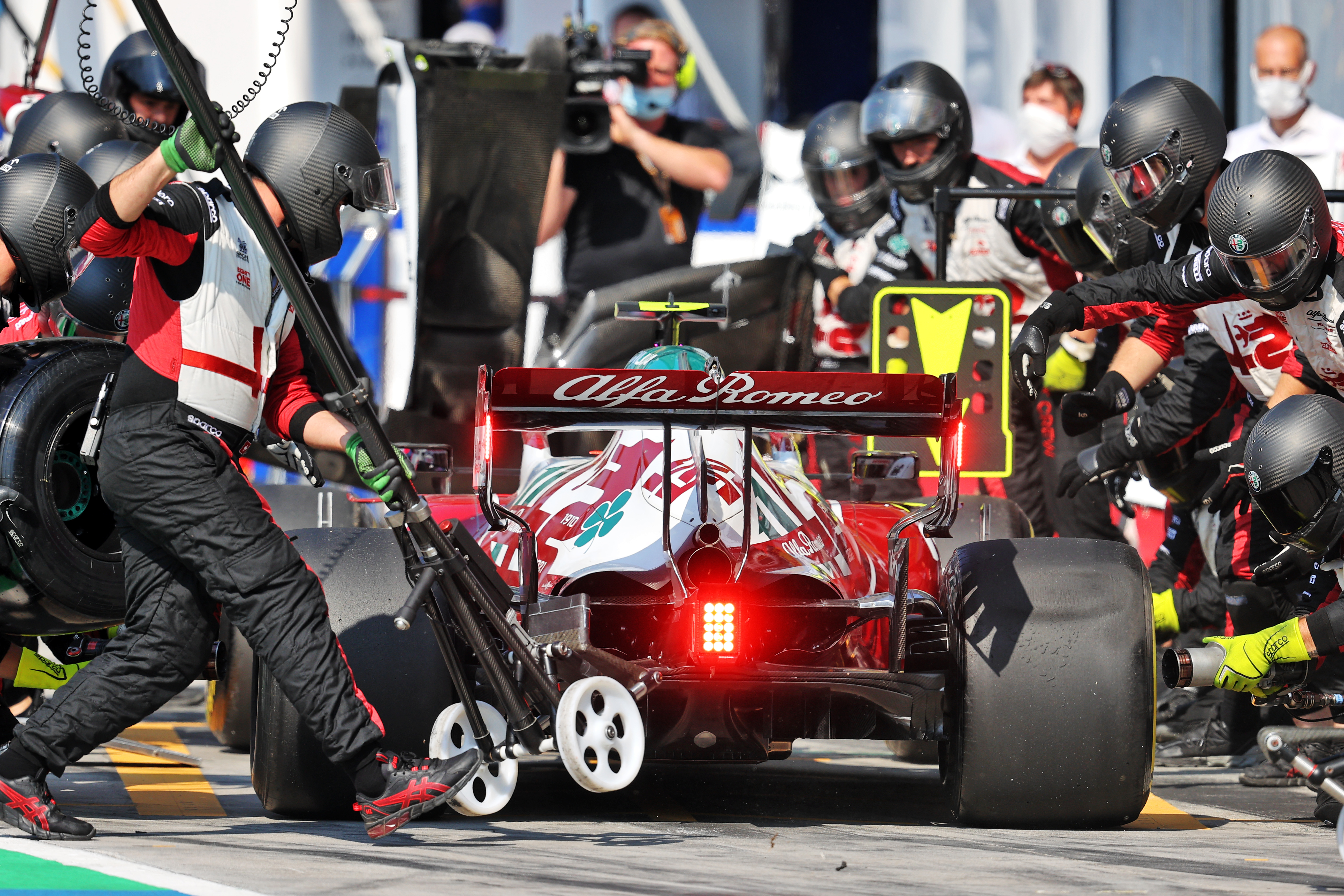
While the cost cap is not absolute given the myriad exceptions, it does contain what teams can spend on what might be called the core business of designing, building and racing two F1 cars.
It also has the advantage of being a binding part of the regulations with potential large penalties for transgressors – although these have yet to be tested with a real-world case – making it far more robust than previous failures such as the resource restriction agreement first created in 2008.
The cost cap doesn’t create an entirely level playing field given teams can and will spend well in excess of this, it is at least a more level playing field than at any other time in grand prix history.
What’s more, it also gives a more clear answer to the question of how much must be spent to be successful. This is important because it prevents teams from being seen as a financial black hole, as well as ensuring that the teams can be genuinely profitable. If you can put a realistic price on success, it’s far easier to build a credible business plan.
The second factor that feeds into this is that the latest Concorde Agreement, which sets the commercial terms that bind together the teams, the FIA and Liberty Media, is far more equitable.
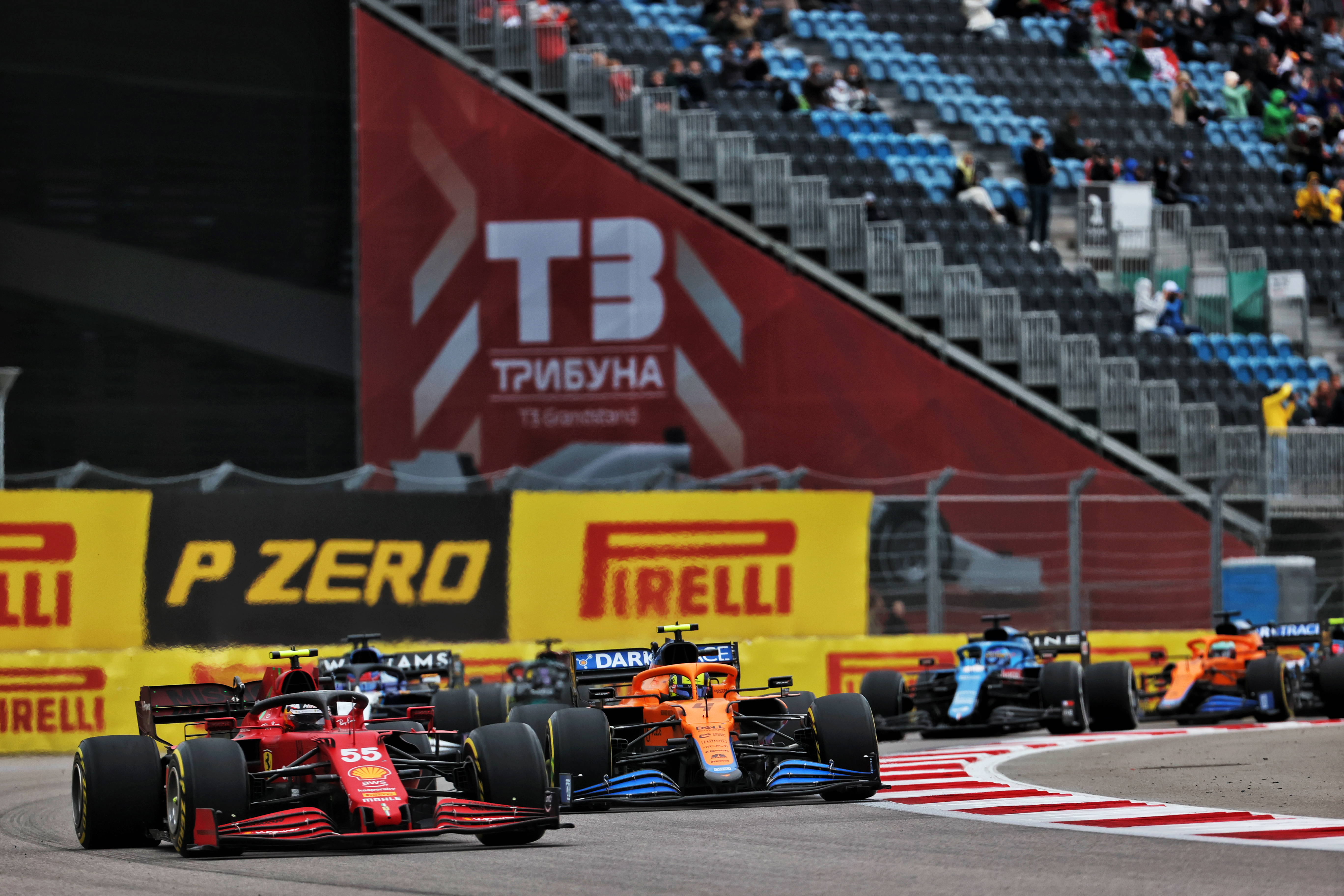
It means that the way the team’s slice of F1’s revenue is split is not so imbalanced in favour of the teams that have historically been successful and is another factor in levelling the playing field.
The expectation is that this will make teams more commercially viable as profit-making enterprises and that all 10 teams have the potential to be contenders for wins and championships in the long term, especially as new technical rules in 2022 have offered a partial reset of the competitive order.
Prior to the cost cap and the more equitable split of revenues, only the biggest teams had the realistic chance of sustained success.
How valuable this could potentially make teams is unclear but Aston Martin owner Lawrence Stroll recently spoke of the vast potential of F1 teams to gain value.
“I see Formula 1 as a business, the value of each individual team significantly appreciating in the years to come, not any different than any other sports assets if you look at a football club or an NFL football team,” said Stroll.
“10 years ago, an NFL team was worth a billion dollars. Today you can’t buy a franchise for less than four or five billion dollars.
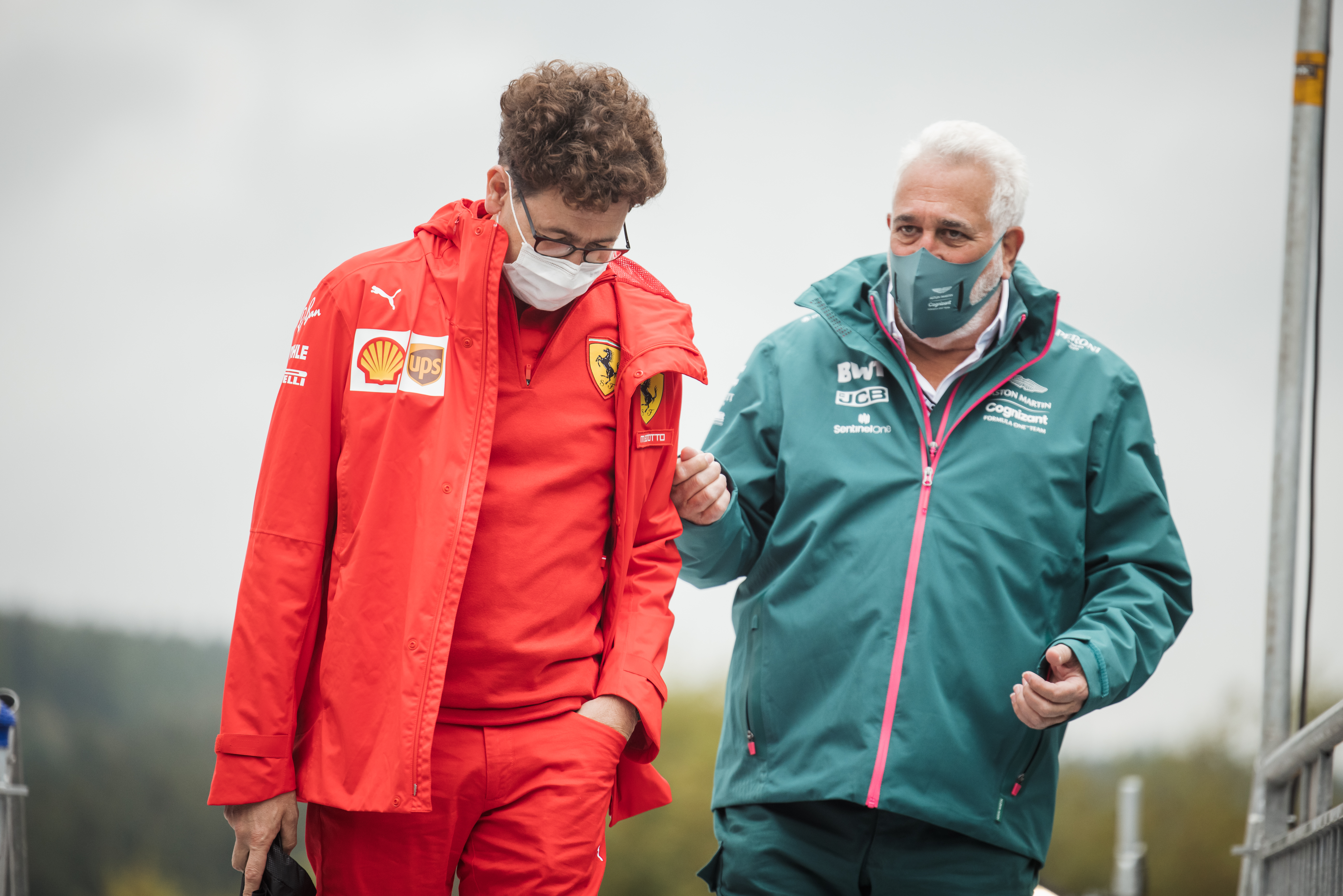
“So this is a long term plan. This is something I plan on being involved with for many, many years to come. You don’t make this kind of investment to plan to retreat in any way shape or form.”
On top of that, the cost cap is also forcing the larger teams to redeploy resources, both in terms of facilities and personnel, into other activities. The Mercedes Applied Science division’s involvement in the INEOS America’s Cup project is an example of this, while Aston Martin’s nascent technology arm will create commercial opportunities that stretch beyond F1.
Some teams have already capitalised on this, including Sauber itself, but there’s even greater scope to diversify given F1 is no longer so dangerous a financial black hole. After all, in the case of Williams, it sold a majority stake in Williams Advanced Engineering because of the F1 team’s financial struggles in late 2019.
Assessing the value of an F1 team, let alone its potential value, has always been tricky but various recent deals make it easy to work out a rough estimate.
Late last year MSP Sports Capital agreed on a deal worth around $250m for a stake in McLaren Racing that will grow to 33%. The mooted Andretti/Sauber deal is around $400m for 80% of the team’s controlling company.
So, based on the MSP deal, McLaren Racing (which also includes its IndyCar programme) is worth around $750m. And if the Andretti/Sauber deal is in the ballpark expected, Sauber Motorsport and Engineering have a $500m value.
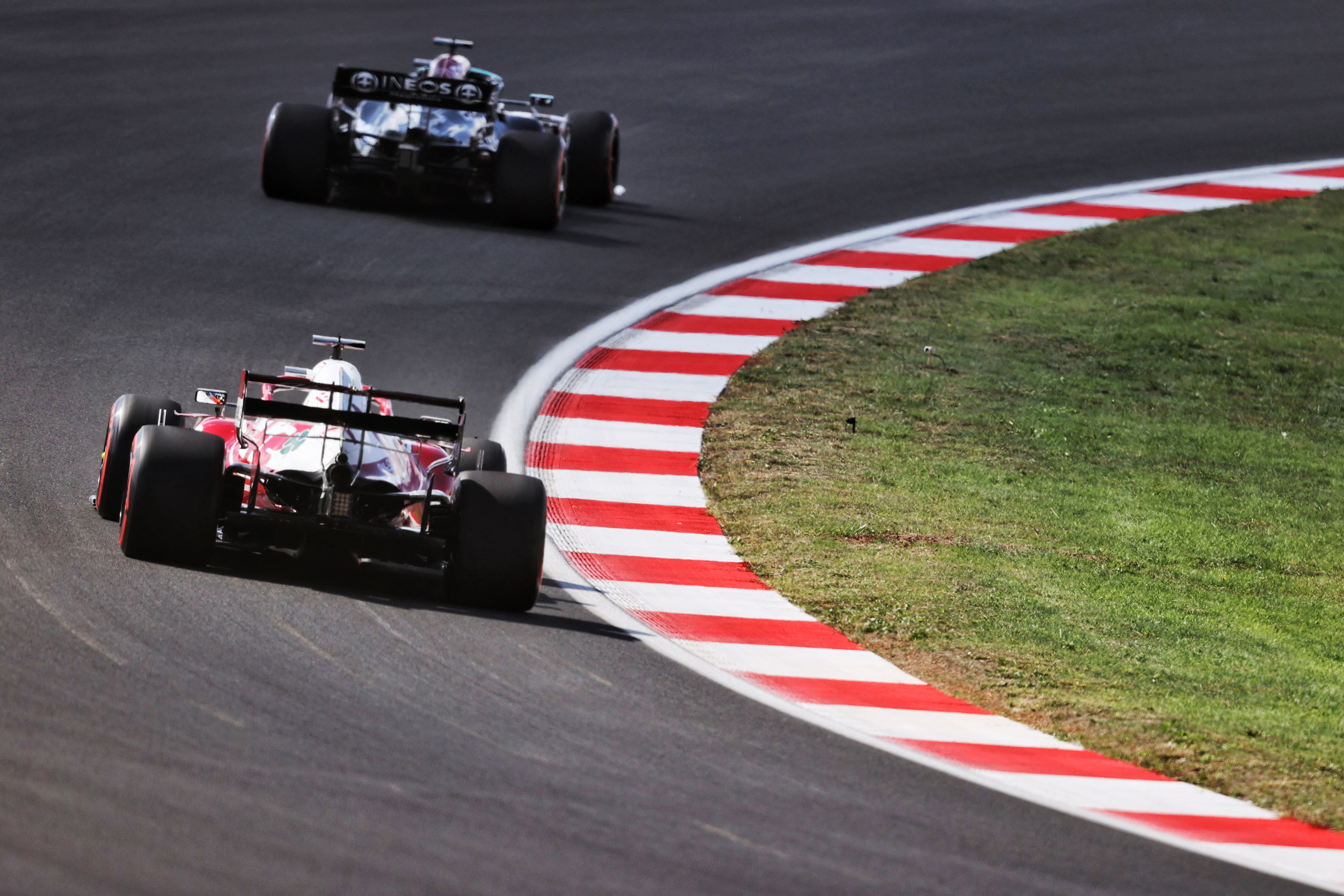
We can compare this to the sale of Williams to Dorilton Capital for around $175m including debt – and the $140m Lawrence Stroll paid for Force India’s assets and the bills owed to various creditors.
The significantly lower amounts represent the weaker bargaining position of Williams, as the worst team in F1 from 2018 to 2020, and the fact Force India had fallen into administration.
Both teams were in need of major investment – Dorilton has already had £100m to the Williams accounts and the Stroll-led funding of what is now Aston Martin is massive.
They are also only F1 teams with no other attached programmes or businesses (Williams had already sold its Advanced Engineering division).
So we might consider the base value of an F1 team to be around $250-300m and then it’s very easy for that value to increase based on the team’s infrastructure, current performance level, potential and wider activity (e.g. other racing programmes or engineering initiatives).
With the work Liberty is putting in to make F1 more lucrative as a whole, the new commercial arrangement signed last year with the revised Concorde Agreement, and the exclusivity of an F1 entry being underlined by a (waivable) $200m anti-dilution fund, it is realistic to think that value will only increase.
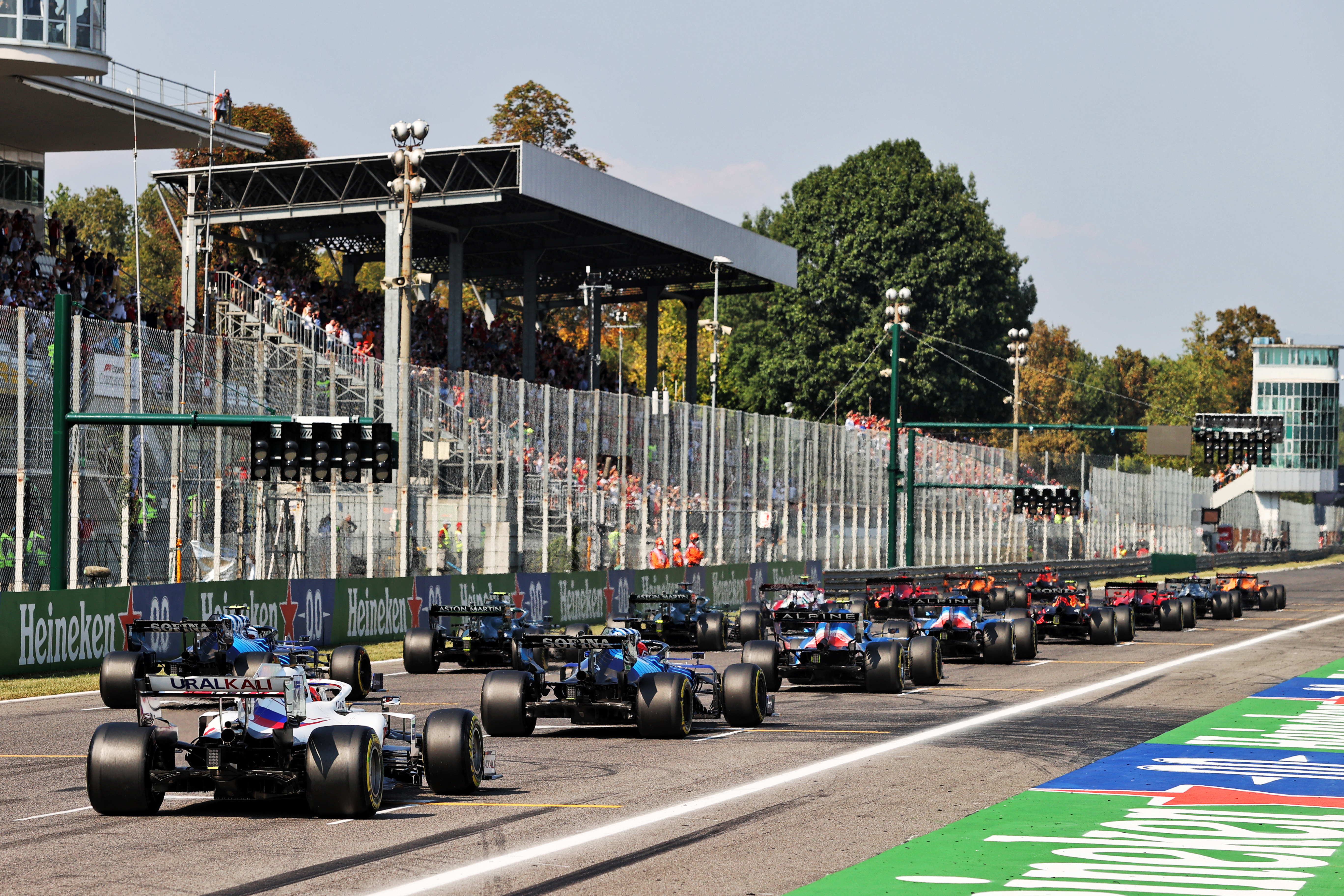
F1 would not even need to replicate the NFL-like growth that Stroll references for multiple teams to be approaching a value of $1billion.
That might be overreaching but the principle is sound. And it explains the spate of investments we’re seeing throughout the grid because they could represent fantastic value for money longer-term.
This is why the motivation for attempting to buy into an F1 team by the Andretti organisation is built on sound business principles.
Inevitably, some suggest it might merely be some hubristic attempts to right the wrong of his own short-lived F1 career with McLaren in 1993, but the fact this is the first time Andretti has pressed on with an attempt to buy into an F1 team having evaluated it in the past proves it’s not about that.
It has the means, motive and opportunity to expand its motorsport portfolio into comfortably the biggest championship in the world – crucially with the realistic ambition of it being sustainable and successful with the spending levels under control.










